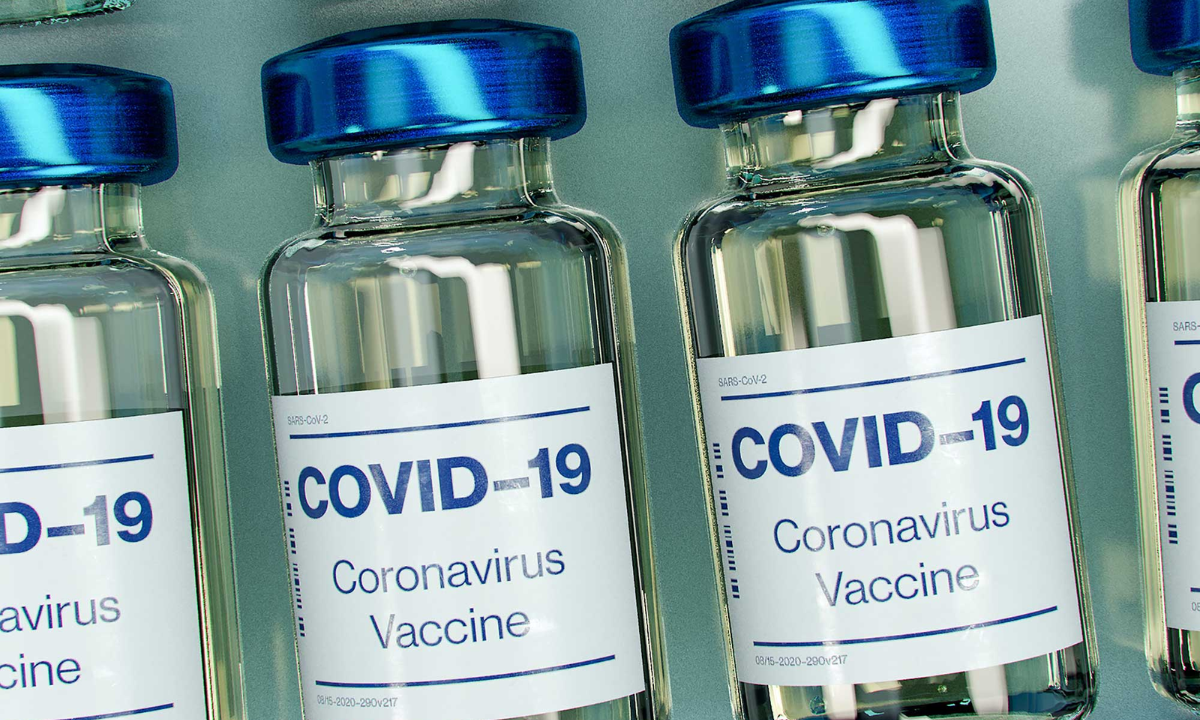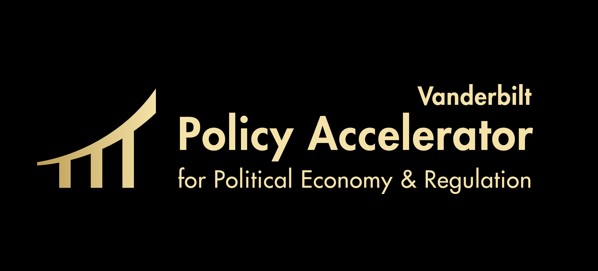When inventors apply for a patent, the burden of proving their invention is not new typically falls on the U.S. Patent & Trademark Office. However, the procedure for patenting chemical molecules that have been previously disclosed, but never actually made, is a notable exception to that rule. In those cases, the burden of proof falls on the inventor, who must show that the molecule could not have been made at the time it was originally disclosed by a chemist with typical training, referred to in patent law as a “Person Having Ordinary Skill in the Art.”
Sean Seymore, an associate professor of law who holds a secondary appointment in Vanderbilt’s chemistry department, argues that this standard stifles innovation in a recent article, “Rethinking Novelty in Patent Law,” published in the Duke Law Journal in 2011. Seymore proposes that the process be changed to place the burden of proof instead on the Patent Office in his article, which has been selected for inclusion in the 2012 Intellectual Property Law Review, a compendium of the best law review articles addressing intellectual property topics published annually by Thomson West.
Seymore’s article addresses what he believes is a worrisome technicality of patent law concerning chemical molecules that have been previously disclosed but never actually made. “Let’s say a chemist at a drug company makes what he thinks is a new molecule and tries to patent it,” he said. “The Patent Office discovers that the molecule had been disclosed 60 years ago—its picture or name appears in the literature—but that it has never before been made.”
In these cases, according to Seymore, the inventor applying for the patent must prove that the molecule could not have been made by a “person having ordinary skill in the art” at the time it was originally disclosed to receive a patent. “If, for example, I apply for a patent in 2012 on a molecule that was disclosed in 1950 but has never been made,” Seymore said, “I have the burden of proving that the molecule could not have been made in 1950 by a ‘person having ordinary skill in the art.’ To secure a patent on that molecule, I would have to prove to the patent examiner that a chemist of ordinary skill using the capabilities and technologies available more than 60 years ago could not have made that molecule at that time. It’s an unusually difficult standard of proof, because it’s hard to prove exactly what people could or couldn’t do that far in the past.”
Seymore proposes that this system be changed to place the burden of proof on the patent examiner rather than on the inventor who has developed a process for making the molecule. “If the examiner can’t prove that the molecule could have been made by a ‘person having ordinary skill in the art’ at the time it was first disclosed,” he said, “then the Patent Office should grant the patent to the inventor who has actually made the molecule.”
Placing the burden of proof on patent examiners, Seymore asserts, will not only improve the quality of issued patents, but will prevent the common problem of “defensive” disclosures of molecules done expressly for the purpose of preventing others from securing patents. “Some individuals or companies disclose thousands of molecules in defensive publications, even if they lack the skill and technology to make them,” he said. “Then the inventor who actually makes the molecule years later faces the burden of proving the molecule couldn’t have been made by a chemist of ordinary skill at the time it was originally disclosed. I argue that, in these cases, the patent examiner should bear the burden of proof, just as they do for proving that other inventions submitted to the Patent Office are not new.”
Seymore is the Dr. Martin Luther King Jr. Visiting Associate Professor at MIT during spring 2012. At Vanderbilt, he teaches Patent Law, Torts and Advanced Patent Law and Policy.

